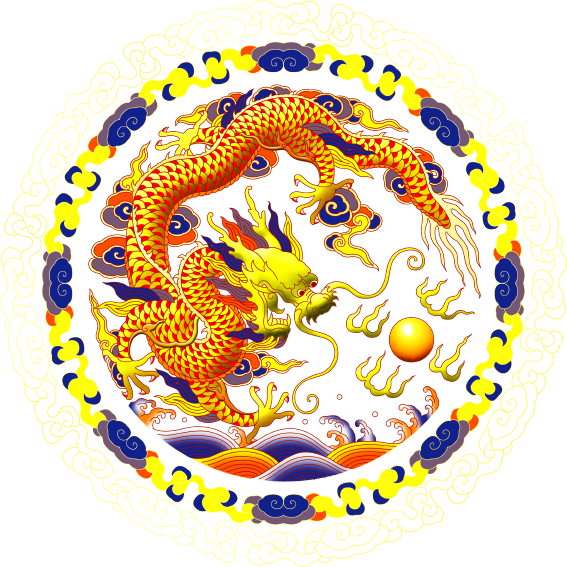The Chinese term for the “Underworld” is commonly referred to as “Jiang Hu” (江湖), which translates to “rivers and lakes” and is interpreted as “wandering from rivers to lakes.” Members of the underworld were primarily individuals who had to frequently escape, hide, change identities, and residences due to their illicit activities or the secretive nature of their undertakings. Within Chinese society, the underworld has, is, and will continue to be a dangerous place where significant power is concealed. The Chinese underworld has its own folklore, rituals, and beliefs. “Jiang Hu” (江湖) is intrinsically linked to martial arts and witchcraft. In fact, to this day, there are martial arts schools that specialize in teaching combat methods referred to as “Jiang Hu” (江湖). There are also schools of witchcraft, such as “Mao Shan” (茅山派), which also operate in the “Jiang Hu” (江湖). In classic movies depicting “Jiang Hu” (江湖), two iconic figures are the wandering swordsman and the Taoist magician. An essential part of “Jiang Hu” (江湖) beliefs is that various mystical and magical practices enhance martial abilities or provide individuals with supernatural powers. Below are some aspects related to magical abilities in ancient “Jiang Hu” (江湖):
Qi (气) and Neigong (内功): Fundamental to many martial arts and magical beliefs in ancient China was the concept of “qi,” which can be understood as life force or energy. Practitioners aimed to cultivate and manipulate their qi through neigong (internal cultivation) techniques. It was believed that this improved physical strength, resilience, and even granted supernatural abilities.
Qigong (气功): Qigong refers to a set of practices involving coordinated body movements, breath control, and meditation. It was believed that mastering qigong could lead to heightened spiritual awareness, longevity, and even the development of supernatural abilities. There were different schools and styles of qigong, each with its emphasis on specific outcomes.
Mystical Martial Arts Techniques: In martial arts novels and folklore, practitioners were often depicted employing magical martial arts techniques. These could include flying, invisibility, and control over the elements. These fantastical abilities were often attributed to the mastery of specific martial arts styles or possession of rare and powerful martial arts manuals.
Taoist and Buddhist Influences: Magical practices were often intertwined with Taoist and Buddhist philosophies. Taoist alchemy aimed at achieving immortality and harnessing supernatural powers. Buddhist monks were also associated with supernatural abilities gained through meditation and spiritual practices.
Mystical Weapons and Artifacts: The jianghu was filled with legendary weapons and artifacts believed to possess magical properties. Swords, staffs, and other weapons were often imbued with mystical energy, and their use required not only physical skill but also spiritual attunement.
Divination and Talismans: Practitioners in the jianghu often relied on divination techniques, such as reading the I Ching or using other methods to foresee the future. Talismans and charms, inscribed with sacred symbols and characters, were believed to offer protection, enhance abilities, or ward off evil spirits.
It is important to note that these beliefs and practices were deeply rooted in Chinese folklore, literature, and traditional Chinese medicine. While they played a significant role in shaping the cultural imagination, they were not universally accepted or practiced in the same way across different regions and communities. The depiction of magical abilities in martial arts novels and stories further fueled the mystique of the jianghu. Though popular imagination distorts the reality of these practices, and today they serve as themes for Chinese movies and novels, it is equally true that they existed, exist, and will likely continue to exist in the future.”
